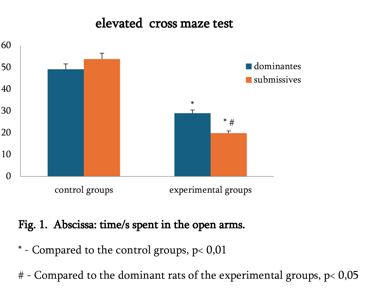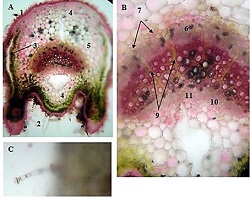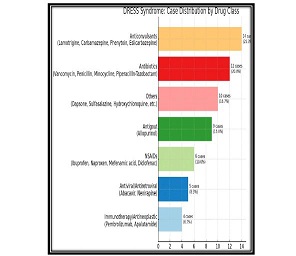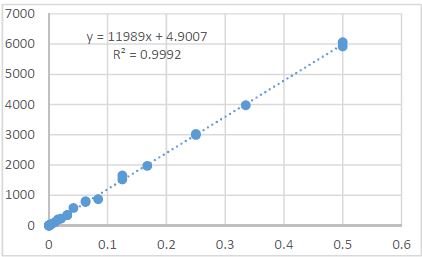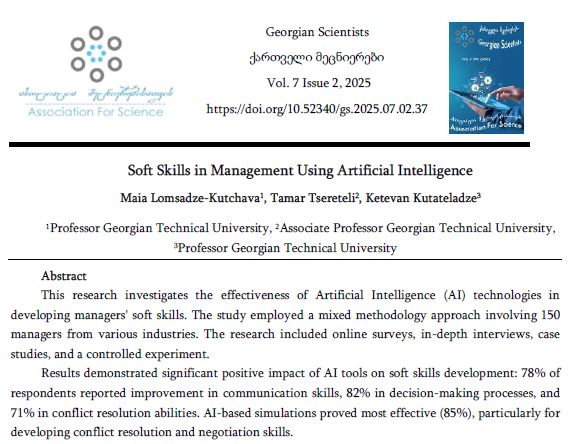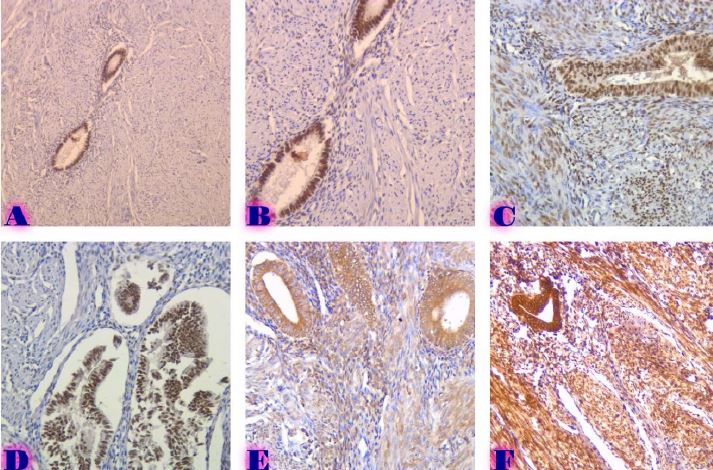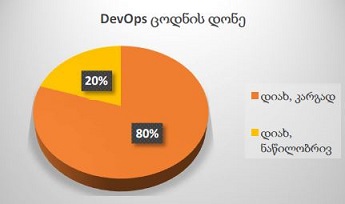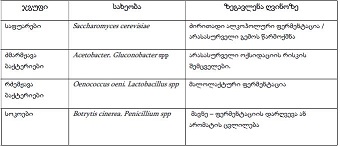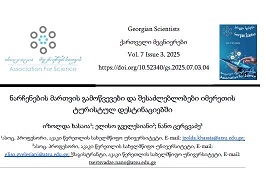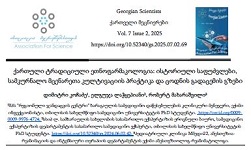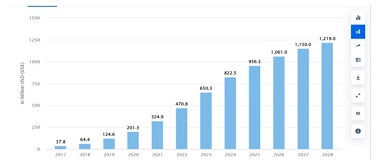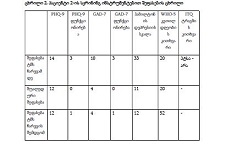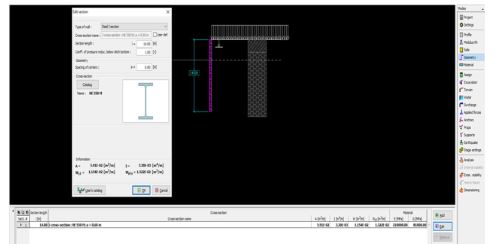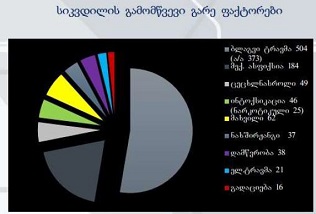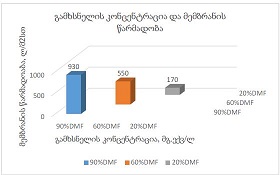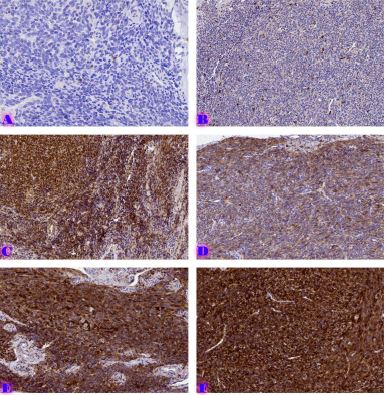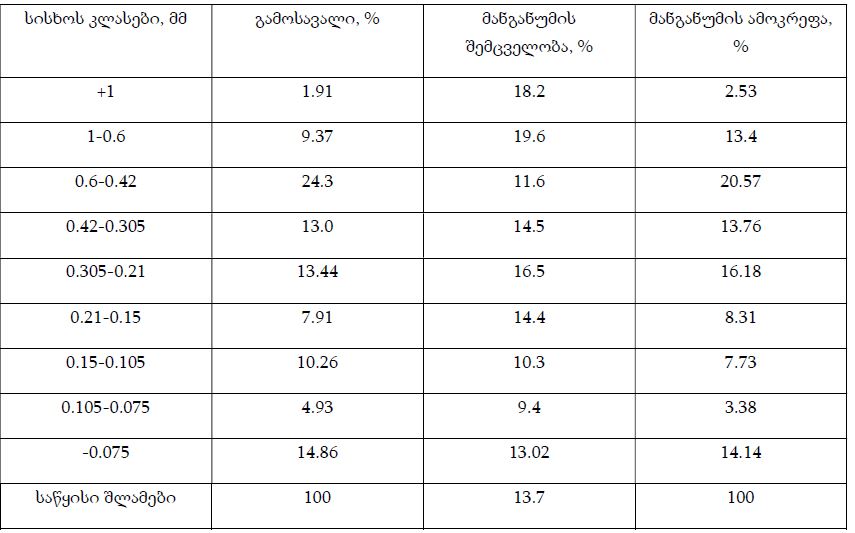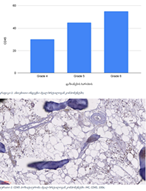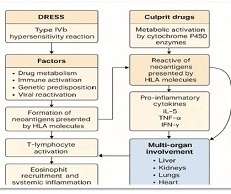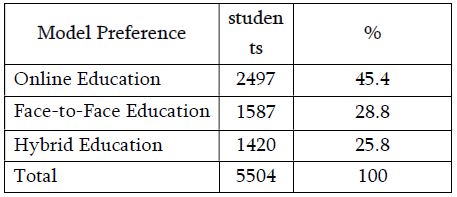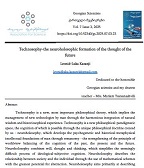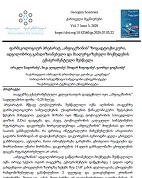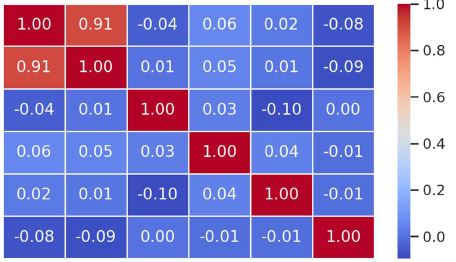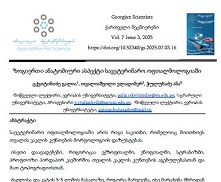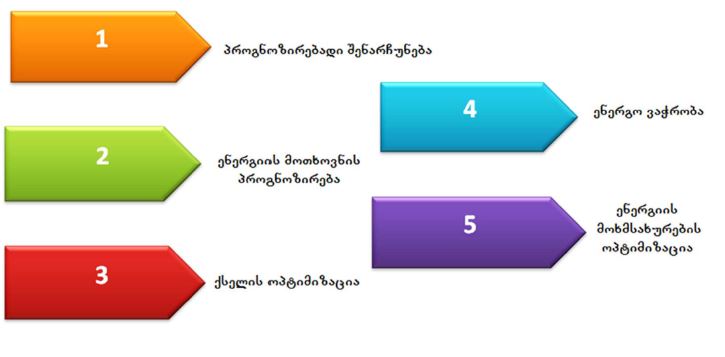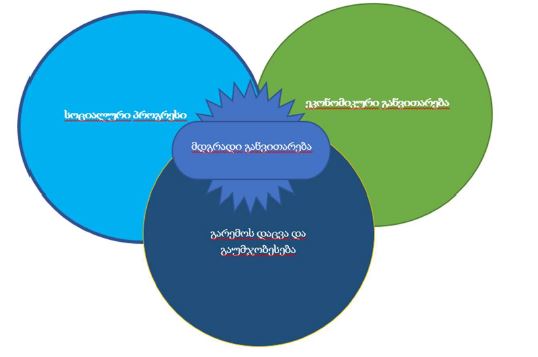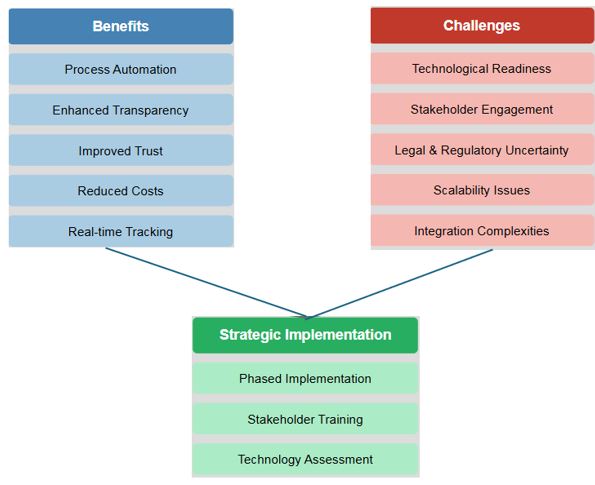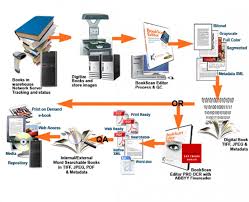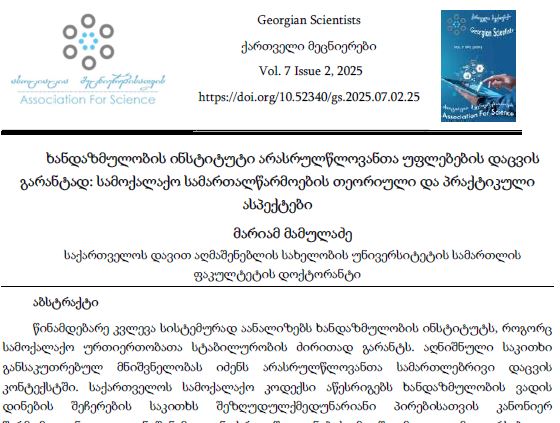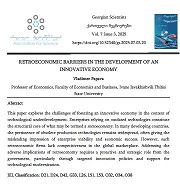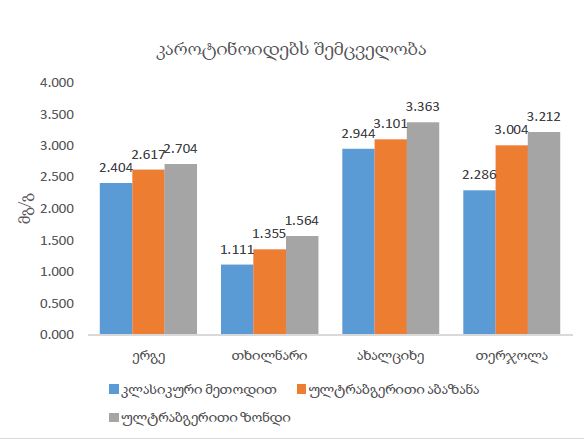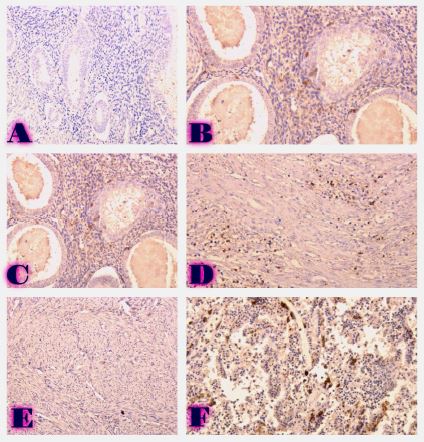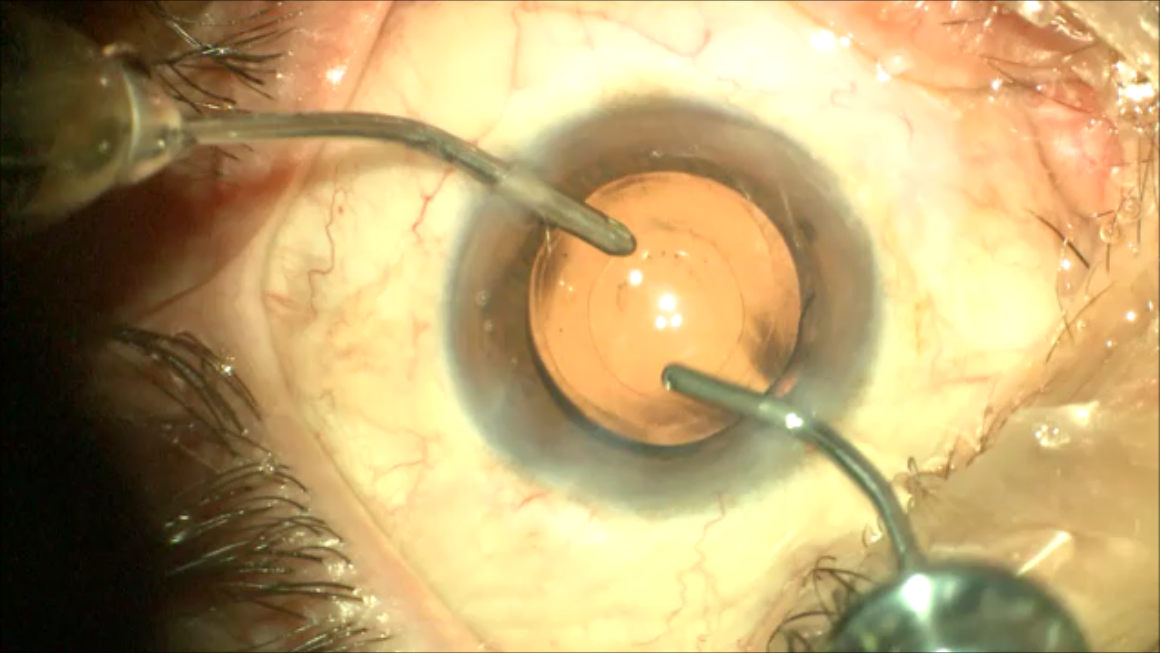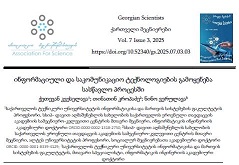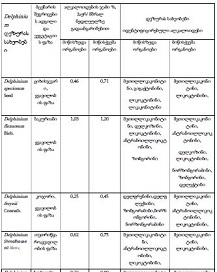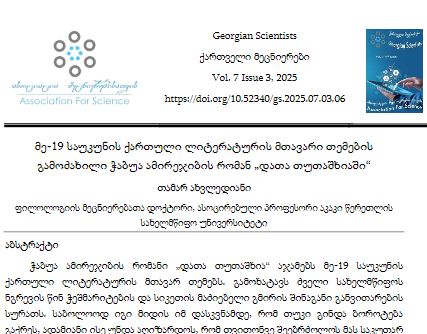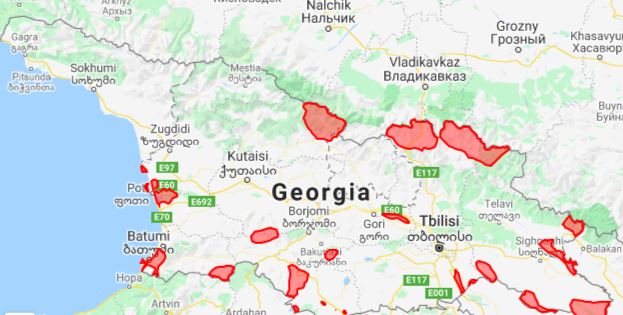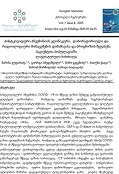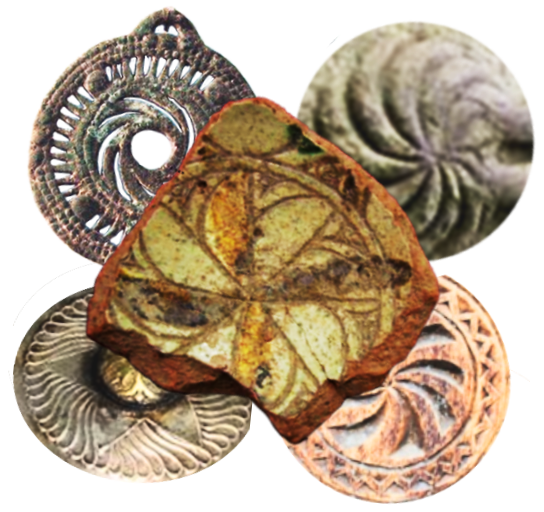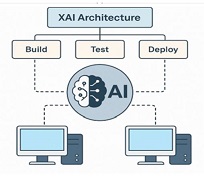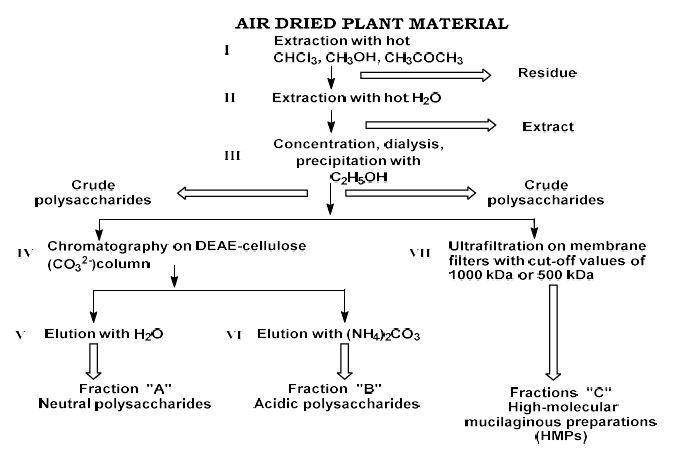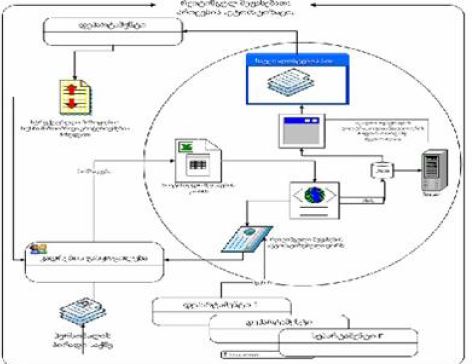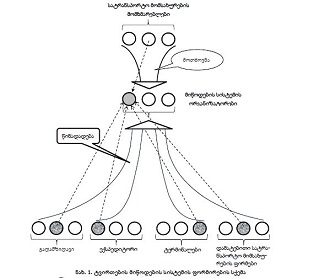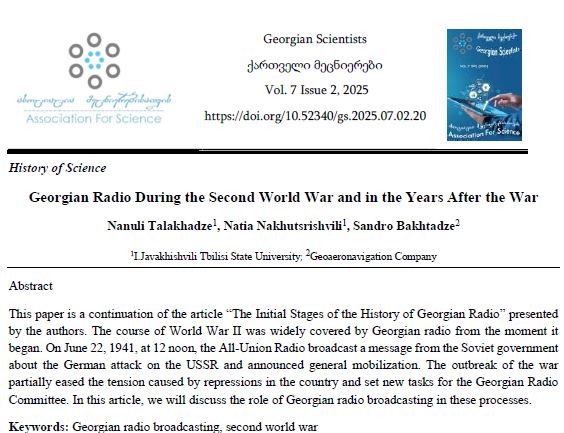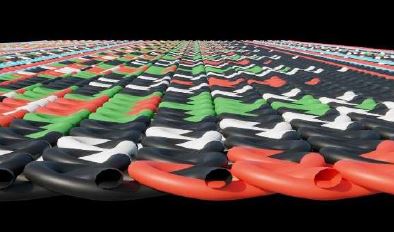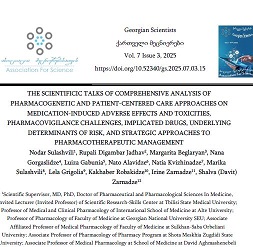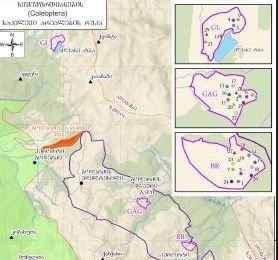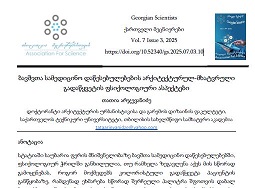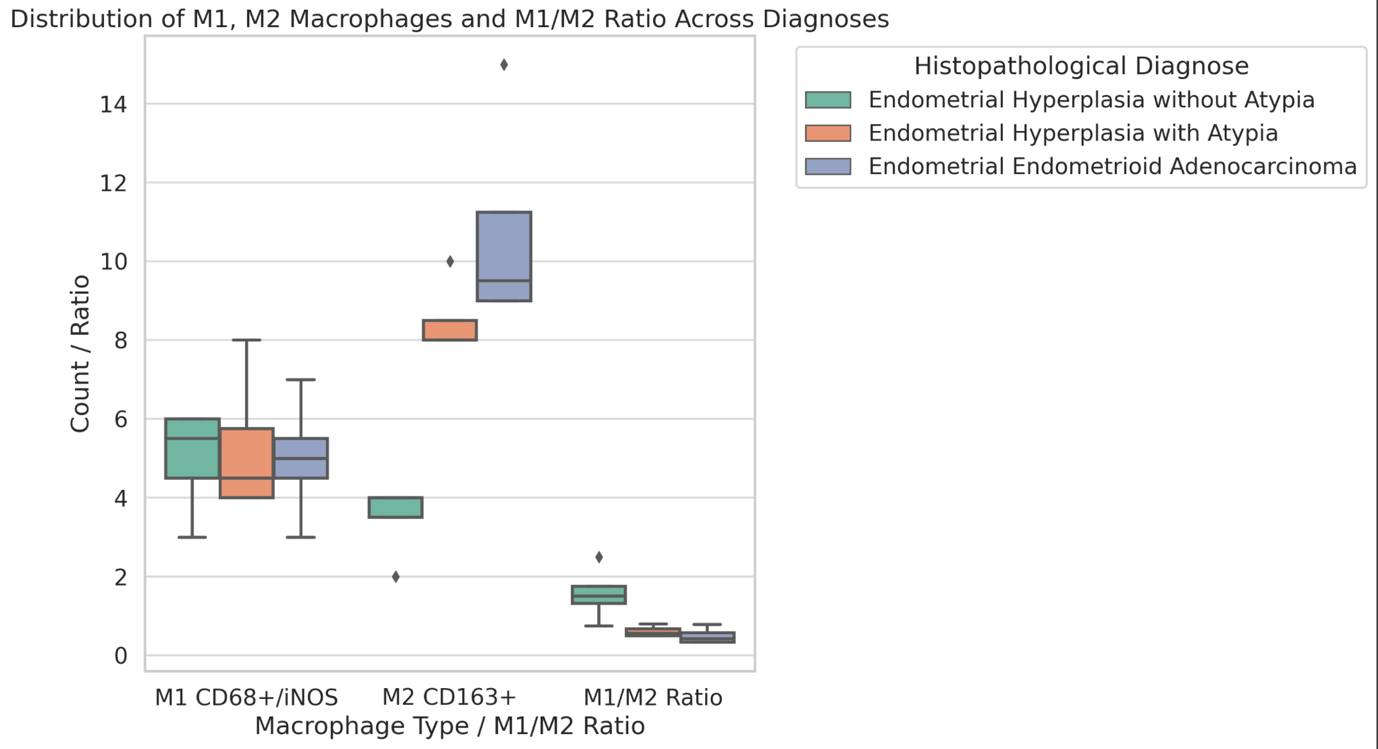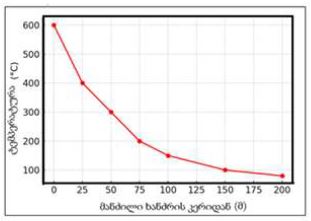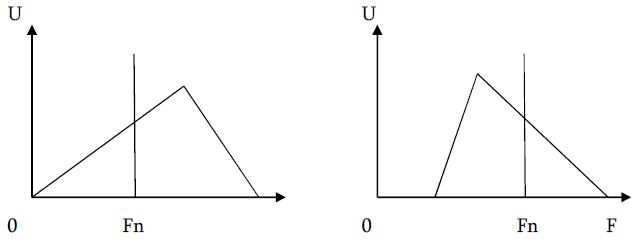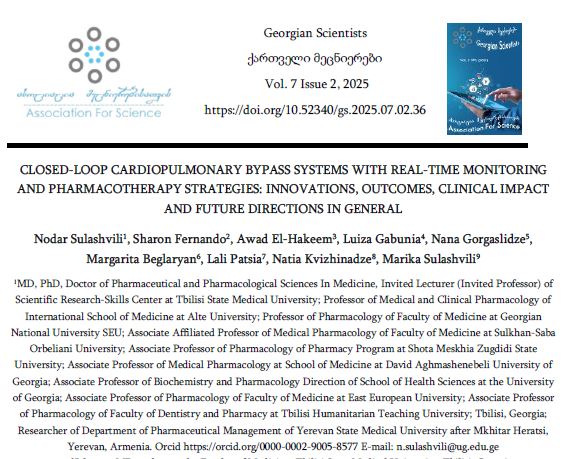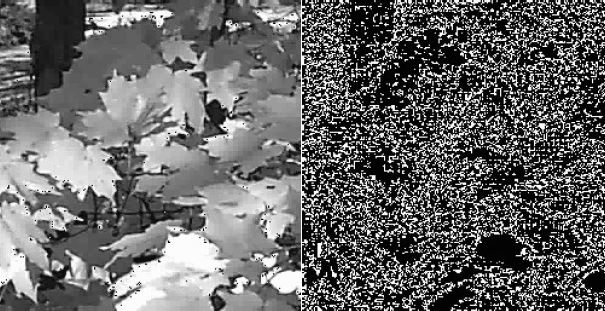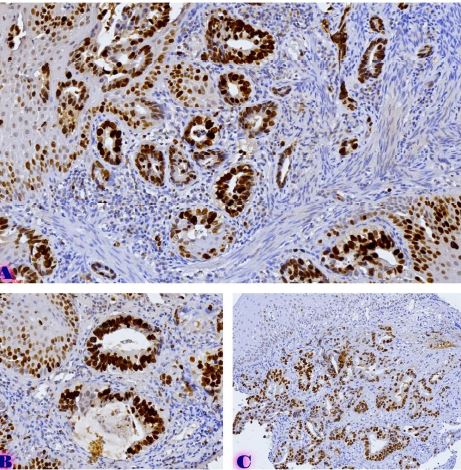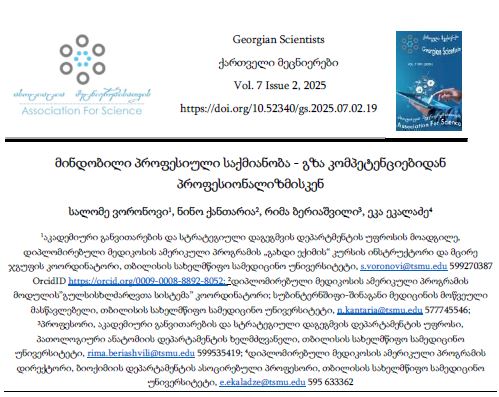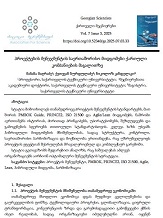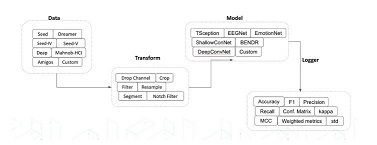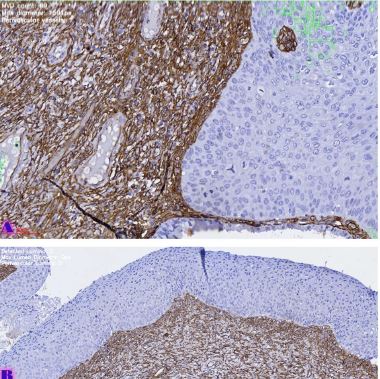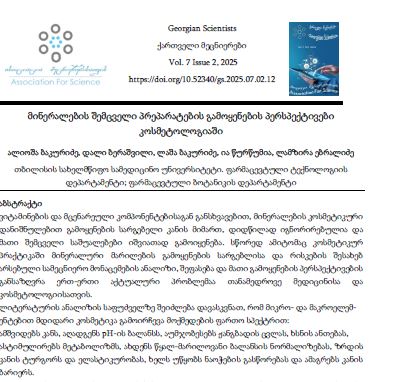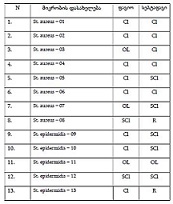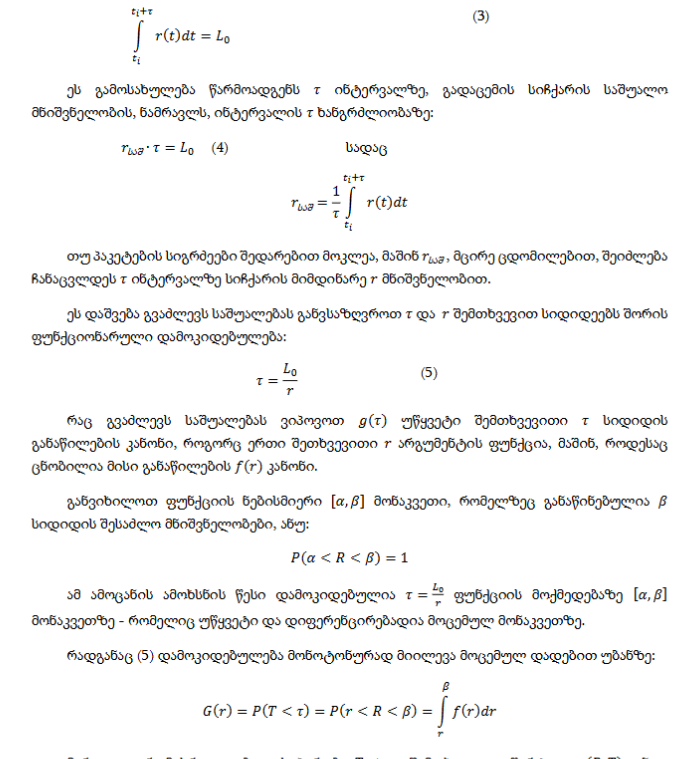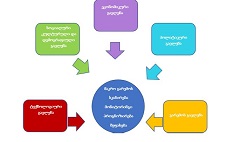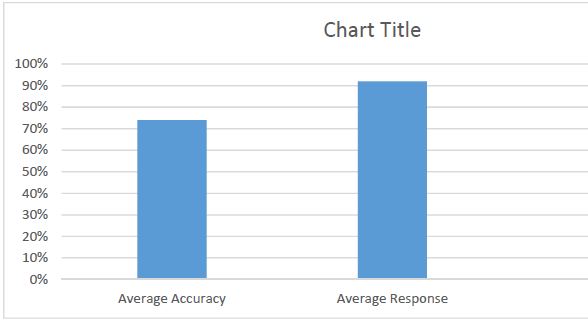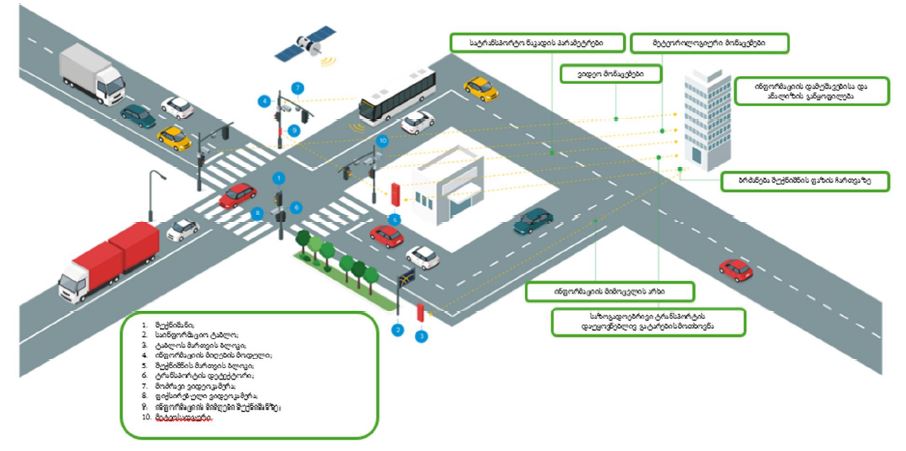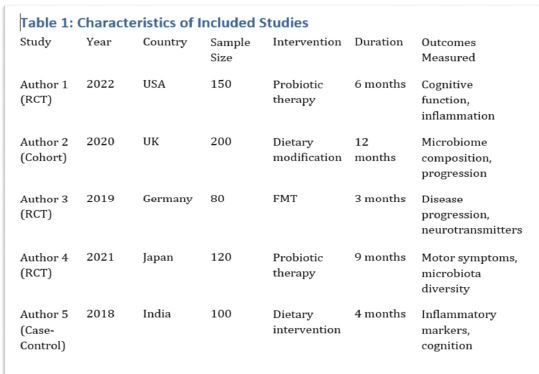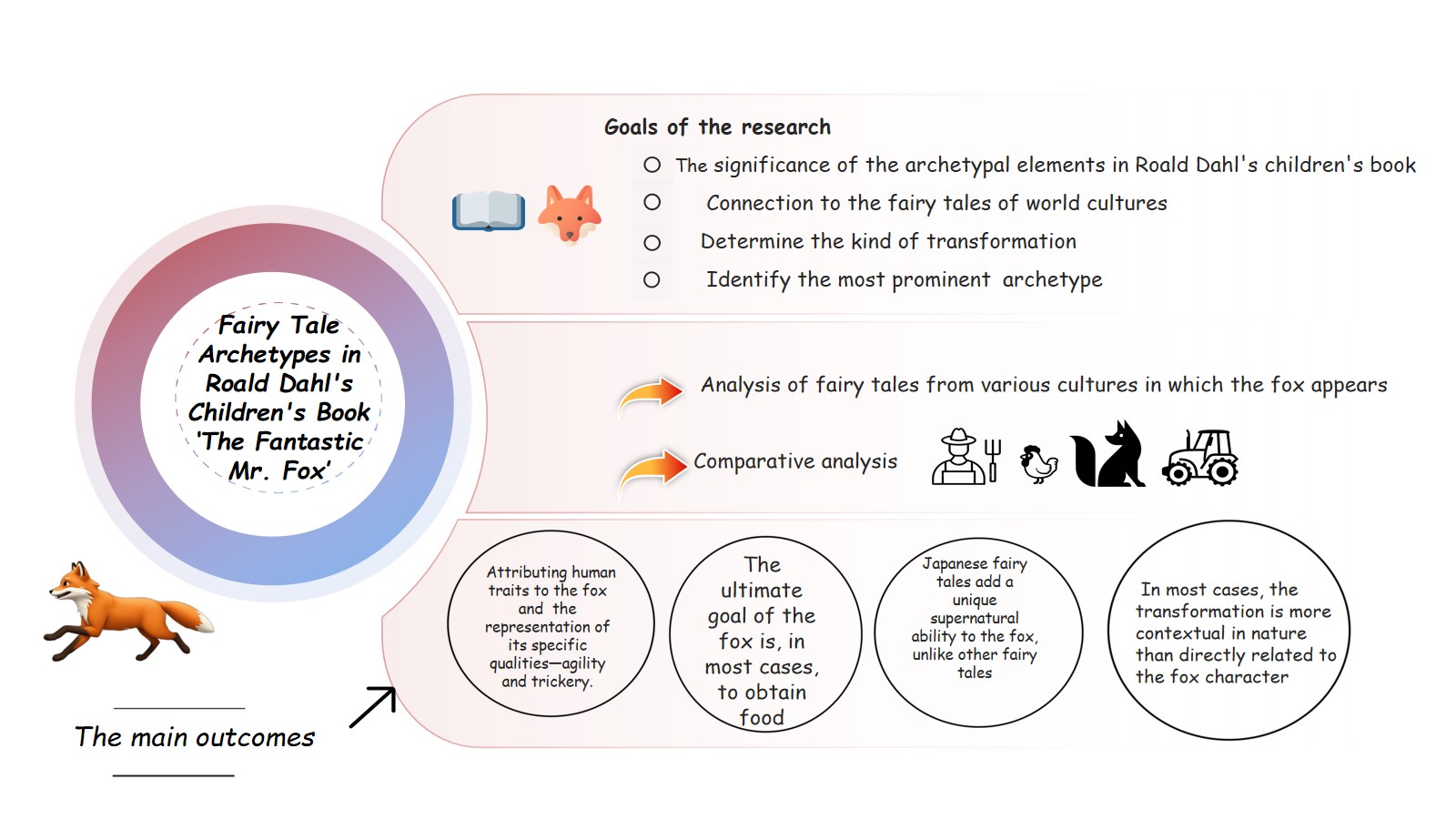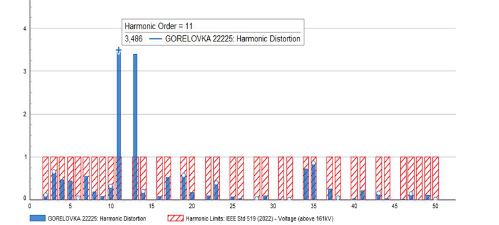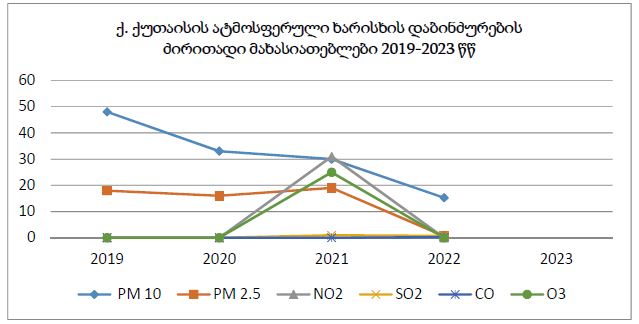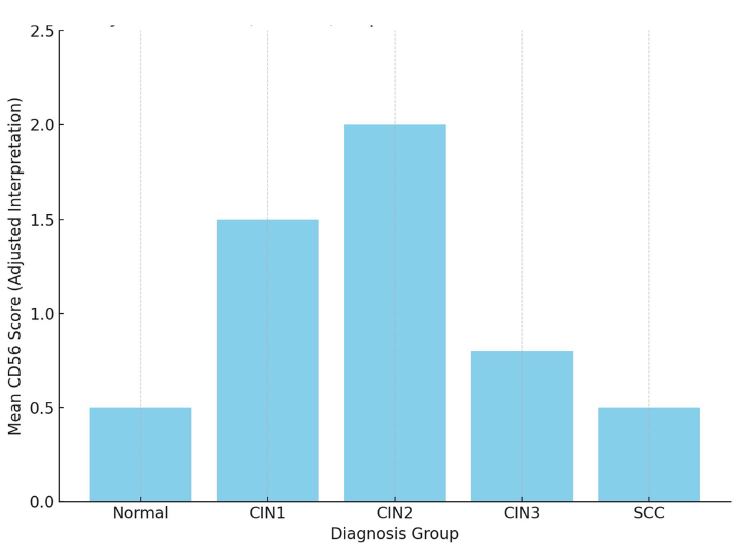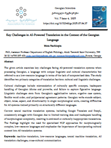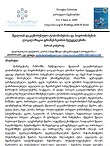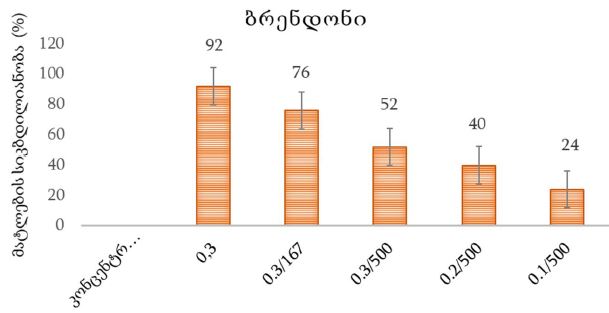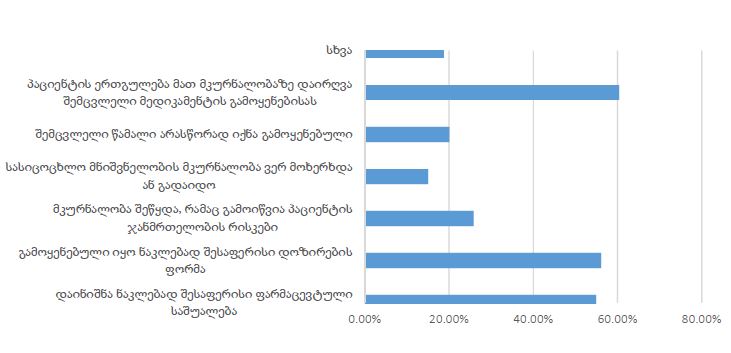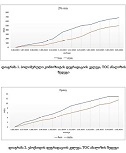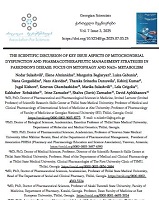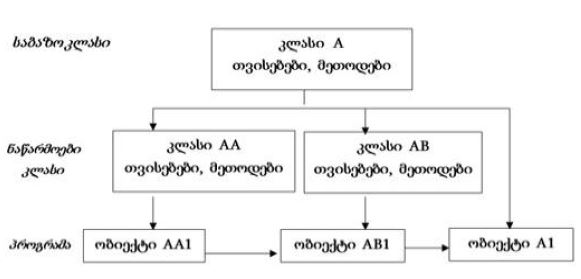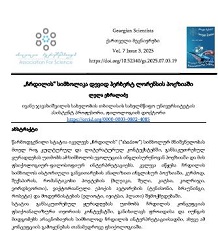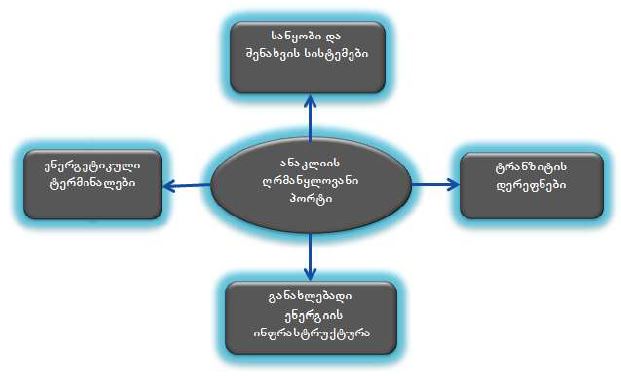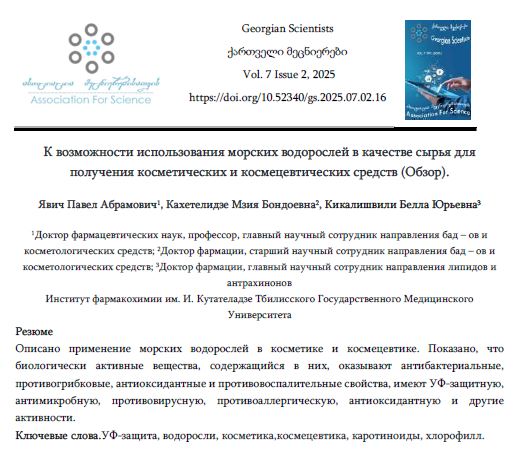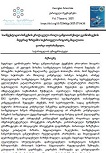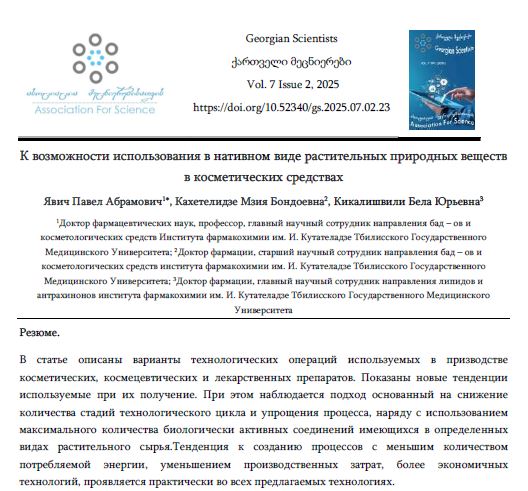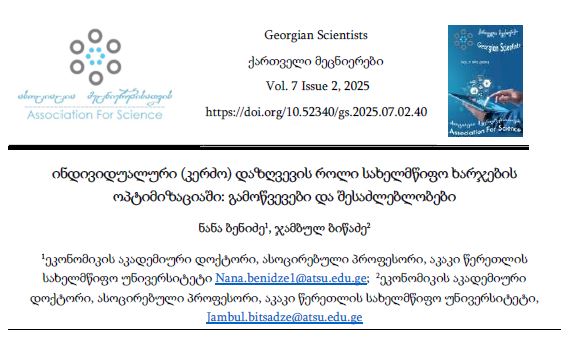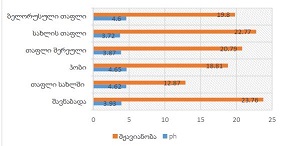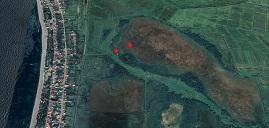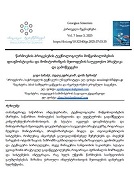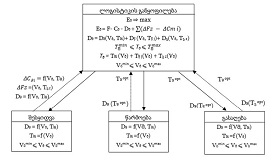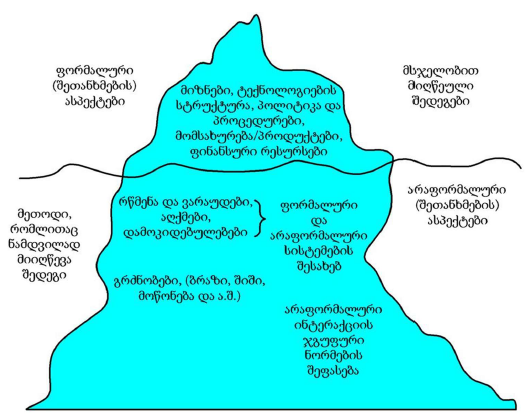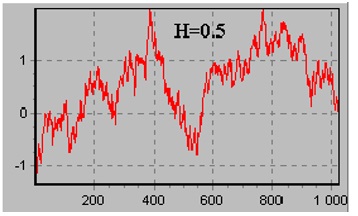Determination of the temperature interval of direct and reverse martensitic transformation in Ti-Nb alloys by means of electrical resistance and differential thermal analysis
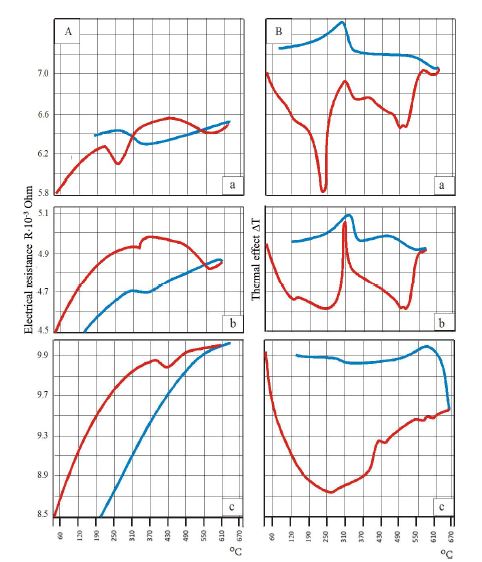
Downloads
In various fields of science and technology, in chemical production, in the fields of food and medicine, the use of binary and multicomponent titanium alloys with different concentrations of chemical elements, which differently affect the phase composition of the alloys and the course of phase transformations, creates the need to study the processes of the formation of metastable phases and structural transformations. Because of the combined influence of thermal and mechanical processing of the concentration of titanium chemical elements on the nature of phase transformations is poorly investigated, a thorough study of binary titanium alloys with such a b-isomeric element as niobium is required. Its concentration in the Ti-Nb binary alloy determines some features of the martensitic transformation, for example, the tempering-slackening process, which distinguishes it from other alloys. This is the essential importance when comparing the similarities and differences of the mechanism of the metastable phase formation in other titanium alloys during determination of the second component of diffusion mobility in titanium alloys. The aim of the study was to investigate the shape memory effect in Ti-Nb binary alloys at different Nb concentrations. To determine the superelasticity and damping capacity. To measure the temperatures of the direct and reverse martensitic transformations in the alloy of a given concentration. To determine the reactive tension generated during shape recovery.
Downloads
Otsuka K., Shimizu K., Suzuki U., Alloy with Shape Memory Effect. Moscow, Metallurgy. 1990, p. 94. (Ru)
Baker C. The Shape Memory Effect in Titanium – 35 wt% Niobium Alloy. Metall Science Journal. 1971, V.5, May, p.92-100.
Peradze T.A., Stamateli I.I., Berikashvili T.I., Chelidze T.V. Mechanical properties of some metastable alloys of the Ti-Nb system. Collection of scientific works of the Georgian State Technical University. Tbilisi. 1992, No.9 (392), pp.32-36. (Ge)
Kim H.Y., Hashimomo S., Kim J.I., Hosoda H., Miyazaki S. Effect of. Ta Addition on Shape memory Behavior of Ti-22 Nb Alloy. Materials Science and Engineering: A. 2006, N2, Vol., 417, pp. 120-128.
Kim H.Y. Kim J.I., Imamura T., Hosoda H. Miyazaki S. Effect of Thermo-mechanical Treatment on Mechanical Properties and Shape Memory Behavior of Ti – (26-28) at % Nb alloys. Materials Science and Engineering: A. 2006, V.438-440, pp.839-843.
Davis R., Flower H.M., West D. R. Martensitic Transformations in Ti-Mo Alloys. Journal of Materials Science. 1979, V.14, pp.712-722
Gridnev V.N., Ivasishin O.M., Iskanderov S.P. On the Reversibility of Martensitic Transformations in Titanium Alloys. Kyiv, Metallophysics. 1979. v.1, no.2, pp.86-92. (Ru)
Duering T.W., Allrecht J., Richter L., Fisher P. Formation and Reversion of Tension Induced Martensite in Ti-10V-2Fe-3Al. Acta Metallurgica 1982, 30, N12, pp.2161-2172.
Peradze T., Stamateli I., Berikashvili T., Chelidze T. Influence of Plastic deformation on the Grain Substructure of Ti-Ta Alloys. Bulletin of the Georgian Academy of Sciences (Physics). Tbilisi, 1996, V.154 #2 pp.200-203
K. Gorgadze, M. Metskhvarishvili, I. Giorgadze, I. Kalandadze, M. Beridze. Shape memory and superelastic effects of some titanium alloys. Science and Technologies. No.1(735) 2021, p.108.
K. Gorgadze. M. metskhvarishvili. M. Bujanadze, N. Vachadze and et al. Detection of phase transformation in binary Ti–Ta alloys by means of electrical resistance and differential thermal analysis. 7th International Conference. "Nanotechnology" (GTU" nano 2024), Georgian Technical University. 2024, October 7–11, Tbilisi. Abstract Book p.70.
Симидзу К. Тадаки Ц., Хомма Т. Сплавы с Эффектом Памяти формы. Москва, Металлургия. 1990г., с. 216.
Петржик М.Н., Федотов С.Г., Ковнеристый Ю.К., Жебынева Н.Ф. Влияние Термоциклирования на Структуру Закаленных Сплавов Системы Ti-Ta-Nb. Металловедение и Термическая обработка Металлов. 1992г., №3, с. 25-27.
Коллеров М.Ю., Ильин А.А., Скворцова С.В. Влияние Системы и Степени легирования На Характеристики Эффекта Запоминания Формы Титановых Сплавов. Металлы. 2001, №2, с. 74-78.
Mayazki S., Kim J.I., Hosoda S. Development and Characterization of Ni-free Ti-base Shape Memory and Superelastic alloys. Materials Science and Engineering A. 2006, vol. 438-440, pp. 839-843.
Хандрос Л.Г., Арбузова И.А. Мартенситные Превращения, Эффект Памяти и Сверхупрогасть. Металли, Электроны., Киев, Наукова Думка, 1975, с.109-143.
Федотов С.Г., Челидзе Т.В., Ковнеристый Ю.К., Санадзе В.В. Фазовое Строение, Критические Точки Мн и Ан Мартенситных Превращении и Упругие Свойства Метастабильных Сплавов Системы Ti-Ta. ФММ. 1985, Т.60, вып. 3, с.567-570.
Гордиенко А.И., Ивашко В.В., Применение Скоростного Нагрева Для Повышения Механических и Специальных Своиств Титановых Сплавов. Материалы Конференции Ti-2004 в СНГ СD-ROM, 2004г. №2.
Ge peng, Zhao Yong-qing, Zhou Lion “Desing a New Hig Strength Metastabile Beta Titanium Alloy by Neaz Critical Molibdenum Equivalence. Материалы Конференции «Тi-2004 в СНГ» CD-ROM.2004 г. №2.
Федотов С.Г., сб., Исследование Металов в жидком и Твердом Состоянии. Москва, Наука, 1964г., с. 207.
Коллеров М.Ю., Попов А.Л. Иларионов А.Г. Елкина О.А. Иследование Фазовых Превращений в Закаленных Сплавах системы Титан-Ниобий. Физика Металлов и Металловедение. 1994г. Том 78. №2, с.119-125.
Коллеров М.Ю., Ильин А.А., Скворцова С.В. Влияние Системы и Степени легирования На Характеристики Эффекта Запоминания Формы Титановых Сплавов. Металлы. 2001, №2, с. 74-78Ливанов В.А. Водород в Титане, Москва, Металлургиздат. 1962г., с.128.
Hansen M., Kamen E.L., Kesslep H. D Pherson D.J. Systems Ti-Mo, Ti-V, Ti-W and Ti-Nb. Trans AIME. 1951 V.1991 pp. 881-888
Copyright (c) 2025 Georgian Scientists

This work is licensed under a Creative Commons Attribution-NonCommercial-NoDerivatives 4.0 International License.








